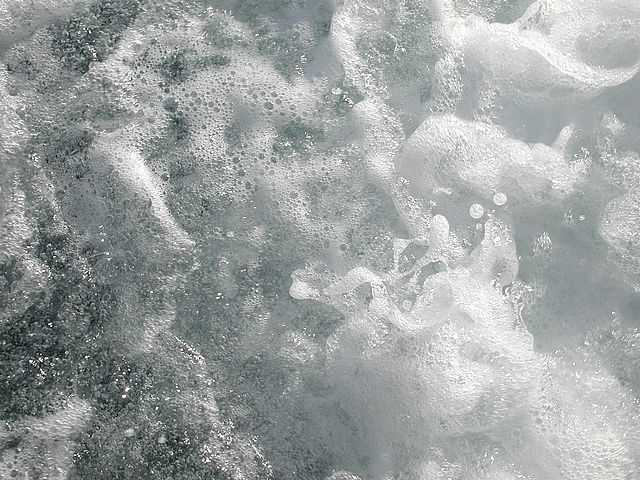FWP:
SETS == PETRIFIED PHRASES
EYES {3,1}
GRANDIOSITY: {5,3}
SKY {15,7}
PETRIFIED PHRASES: {4,14x}; {15,16x}; {25,1}*, on be-takalluf ; {34,4}; {34,8}, evoked; {46,5}; {46,6}; {50,8x}; {51,1}; {53,6}; {54,5x}, evoked; {62,5}*; {62,7}**; {65,1}***, on takalluf bar-t̤araf ; {106,2}; {115,5}, aṣl meñ ; {132,2}; {193,2}, evoked; {205,3}*, qiṣṣah muḳhtaṣar , evoked; {205,6} // {323x,3}, evoked; {373x,1}; {383x,6}, evoked; {396x,3}; {398x,5}*, evoked; {431x,7}
ABOUT PETRIFIED PHRASES: Ghalib has notable skill in revitalizing petrified phrases. Verses using this device often have a '1,2' structure, so that we are first induced to pass quickly over the phrase, and then given additional information that invites us to revisit the phrase and experience it, with a shock, in its full literalness. Perhaps his favorite phrase to use in this way is takalluf bar-t̤araf , but there are a number of others.
For background see S. R. Faruqi's choices. For more on Ghalib's unpublished verses, see the discussion in {4,8x}.
The first time through, 'with our own eyes' registers as a stylized claim of truth-telling, like its literal English counterpart ('We saw with our own eyes what he was doing'). It's not really about eyes in themselves, it's just an assertion of direct, first-person, 'eye-witness' observation.
Only after hearing the second line do we realize that 'with our own eyes' is a wonderfully operative phrase: the speaker's typhoon of tears and sighs may well be the origin of the cosmic flood that towers up furiously to the sky, and makes the 'low' sky look like a puny handful of grey foam by comparison. (For a similar activation of another such stylized phrase, see {62,5}.) This verse belongs to the 'snide remarks about the natural world' set; for others, see {4,8x}.
There are also the implications of the past habitual dekhte the to consider. The speaker used to see this awesome cosmic sea-storm, but apparently he doesn't expect to see it again. Why not? Because his eyes are now wept out and can't produce any more such storms? That's one possibility, but there might be another as well.
For calamities, as Gyan Chand notes, traditionally originate in the sky. And now the sky has been (perhaps in reality, but at least rhetorically) minimized, turned into froth, and swept away in the wild currents of the flood. So perhaps there are no new calamities left? Or at least, surely there are none so dire-- none that can hold a candle to the ones we used to see 'with our own eyes'.
Compare this verse with its more fortunate divan-verse cousin,
{15,15}.

Asi:
We were watching with our own eyes when that typhoon of calamity was arising-- such that in it even the sky seemed to be a single froth/foam of the flood. Probably it was this very verse that Mirza altered and composed the closing-verse, {15,15}.
== Asi, p. 58